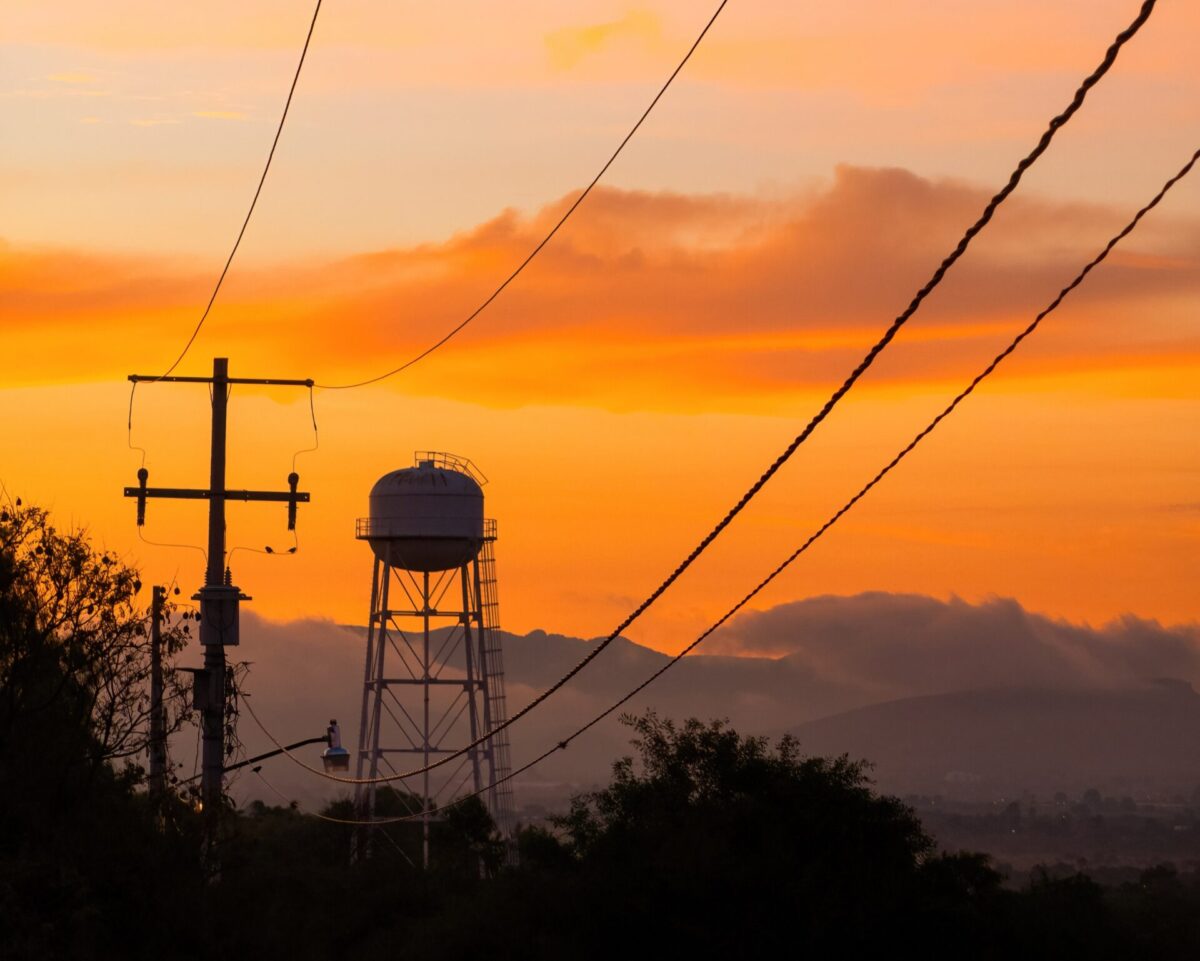A Comprehensive Guide to Sizing a Water Tower for a Municipality Water System

Posted on June 8, 2023 by Brent Phillips
Water towers are an essential part of any municipality’s water asset system. Large, elevated water storage tanks store and distribute municipal water supply.
Water towers help regulate the pressure in a municipal water system by providing a pressurized water reserve during periods of high demand. They also offer a buffer against fluctuations in the need for water, ensuring that there is always enough available for use. Furthermore, they also help reduce energy costs associated with pumping and transporting the municipal water supply.
Sizing Basics of a Municipal Water Tower System
Water towers are a vital part of any municipal water supply system. They regulate the pressure of the water supply and ensure enough water is available for the community’s needs.
Properly sizing a water tower is essential to ensure that it can meet the needs of your municipal system. In this article, we will discuss some of the basics of sizing a water tower for your municipal system, including factors such as population size, tank capacity, and other considerations.
Factors to Consider When Sizing Your Municipal Water Tower
When it comes to sizing a municipal water tower, there are many factors to consider. The tank size gets determined by the amount of water that needs to be stored and the desired pressure level.
Additionally, other factors such as location, climate, and local regulations can also affect the size of a municipal tank. It’s essential to use a municipal tank size calculator that considers all these factors to ensure the tank gets properly sized for your community. With this tool, you can accurately determine the ideal size for your municipal water tower and provide efficient water storage for years to come.
How to Calculate the Volume of Your Municipal Tank
Calculating the volume of a municipal tank is an essential task for any municipality. Knowing the exact capacity of a tank helps cities plan for future needs and ensure that their infrastructure can handle the expected load.
The process of calculating the volume of a tank is relatively straightforward. Using a basic formula makes it possible to quickly and accurately calculate the volume needed for a municipal water tank.
How the volume of a municipalities water tank gets calculated using a variety of variables, but the standard formula for volume (Vol) is length (L) x width (W) x height (H), or put another way:
Vol = L x W x H
Although the other variables involved include the following:
- Population density for the water municipality
- Pumping capacity: direct or indirect pumping
- Supply system pressures
Who to Call for Tank Inspections and Protective Coating Applications
The Cunningham team is dedicated to helping city water managers protect municipal water assets from tank failures. Their inspectors hold core competency certifications for Level 1 and 2 inspections.
To speak with a Water Tank Specialist or schedule a tank inspection with Cunningham, call (620) 848-3030. They are centrally located in Southwest Missouri and serve communities coast to coast.